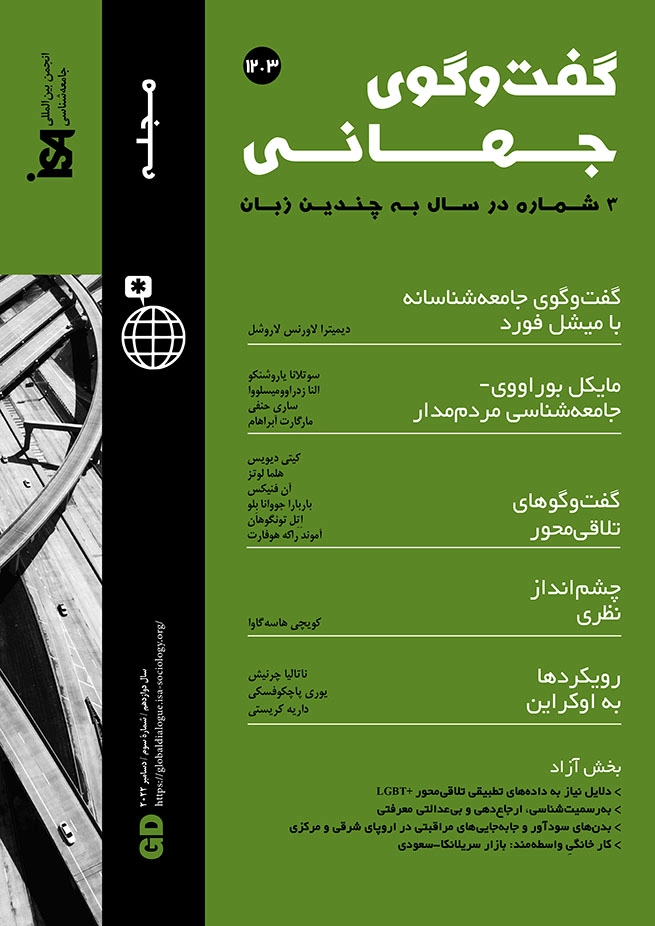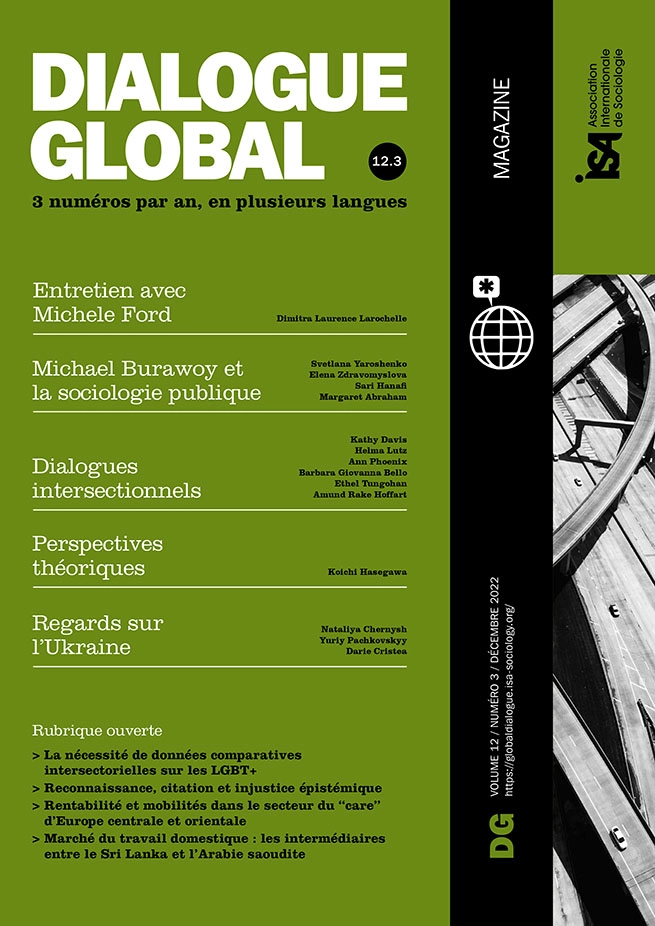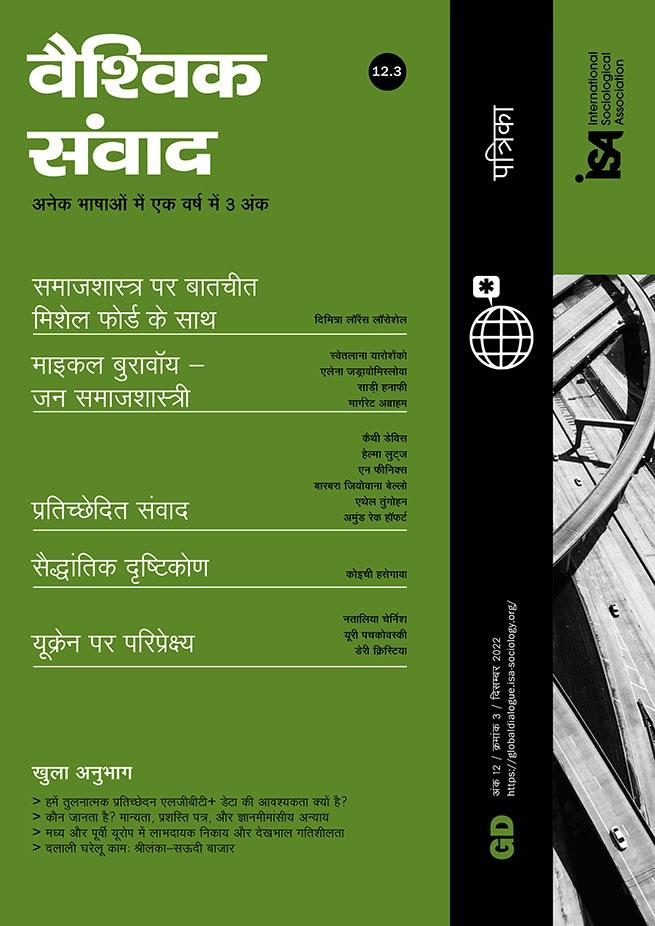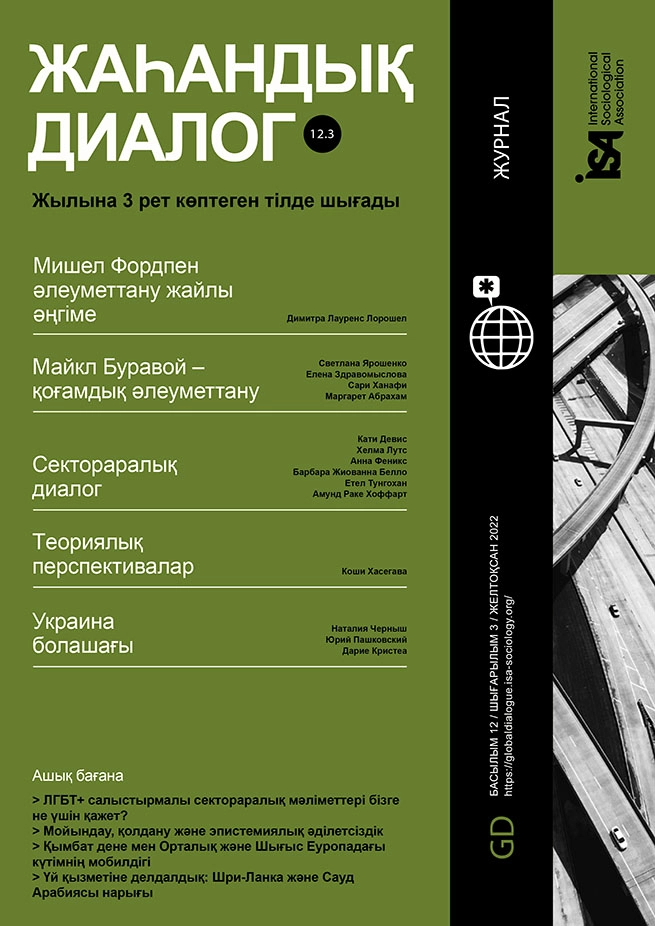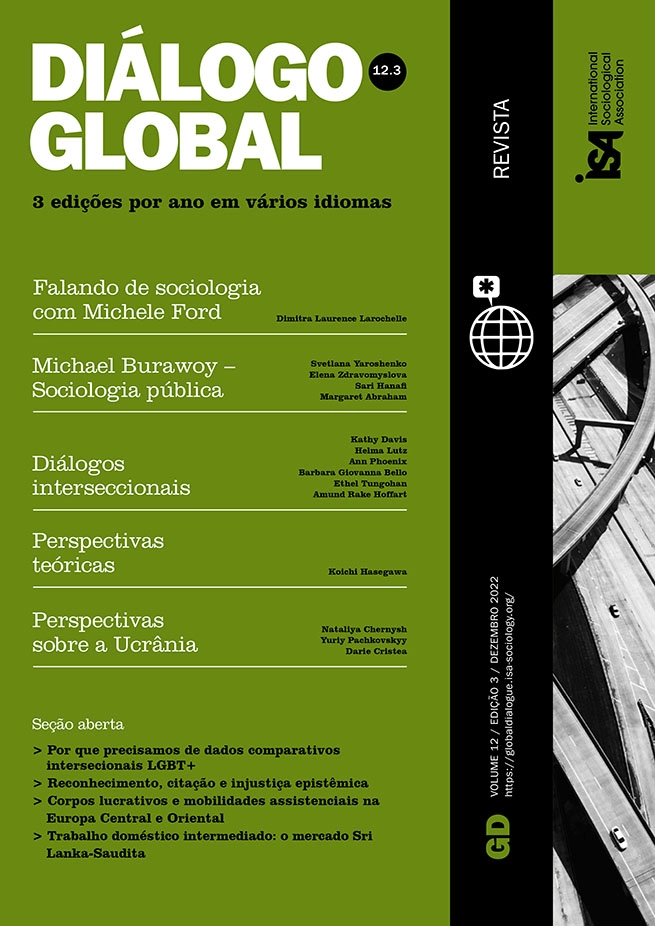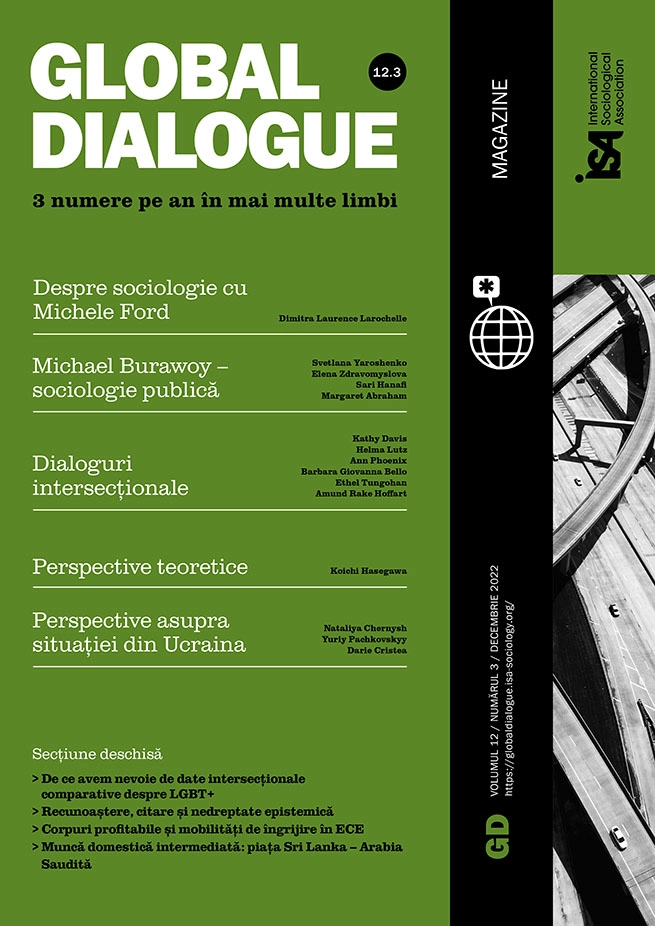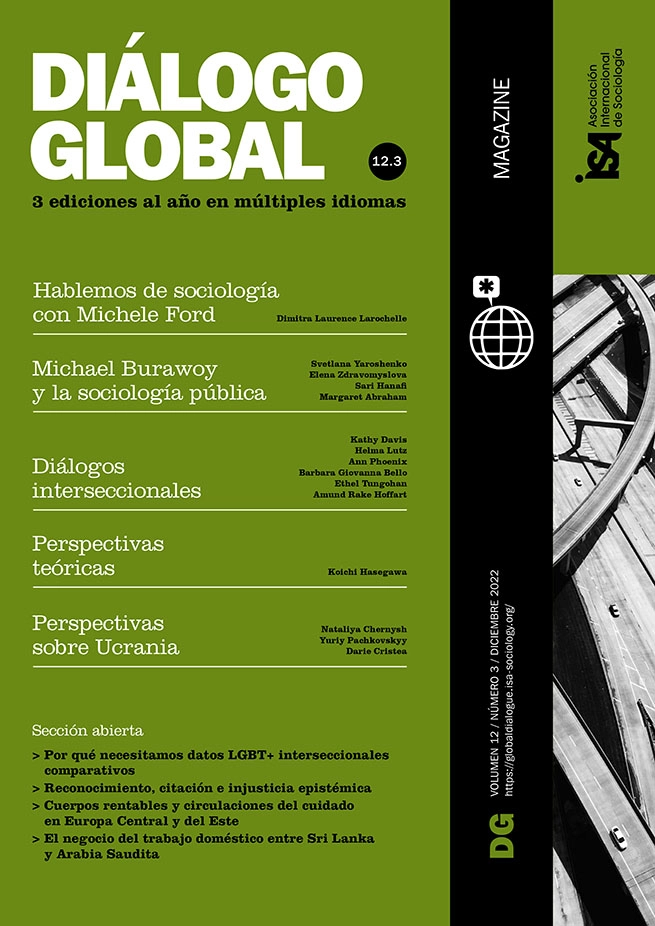Why We Need Comparative Intersectional LGBT+ Data
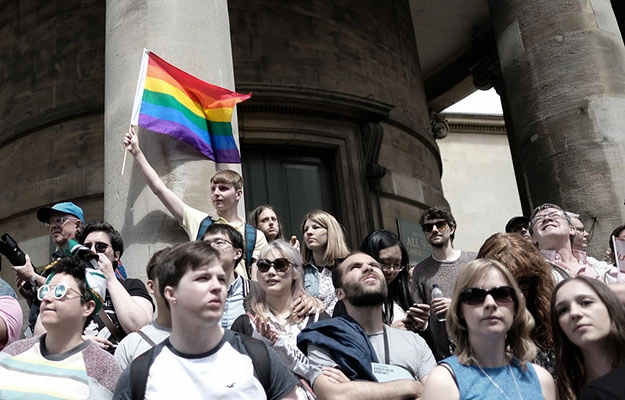
October 17, 2022
Despite some significant advances in many European countries over the past few decades, research shows that inequalities experienced by lesbian, gay, bisexual, trans and other sexuality and gender diverse (LGBT+) individuals persist. Many people encounter this discrimination in a range of social environments, workplaces, and public spaces or when accessing public services.
Current inequality data limitations
Understanding the extent of such inequalities is essential for devising informed policies to improve the lives of LGBT+ people. However, until recently, data sources that would allow policy makers to acquire such knowledge have not been available. Until the second decade of this century, many surveys did not routinely collect information about sexual orientation or gender identity; and even today, many major surveys still do not include questions on gender identity.
These data limitations have restricted the opportunities to make comparisons between countries of the prevalence of LGBT+ inequalities: attempts to collect survey data have remained largely within national boundaries. Researchers have often limited data collection to their own country and then explored experiences and inequalities within national legislative, socioeconomic, political, and cultural contexts. Undoubtedly, these data collected in individual countries are important and useful. However, such methodological decisions, often restricted by practical and local concerns, do not help to extend our understanding of LGBT+ inequalities to broader scenarios. Studies using data from a single country often do not allow researchers to examine how country-level contextual information may have an impact on LGBT+ inequalities. While the effects of some policy interventions can be teased out using longitudinal data, contextual factors that are embedded in long-term societal processes are hard to capture even in relatively long panel studies.
Why the data should be comparative and intersectional
Adopting a comparative approach, whereby one explores inequalities across countries, allows us to understand how contextual factors may shape LGBT+ inequalities and discriminatory behaviour. This should be considered important from both a sociological and a policymaking perspective. It is significant sociologically as it shifts the focus from individual to contextual factors and highlights structural barriers to equality. From a policymaking perspective, it indicates how one country fares compared to others in attempting to create favourable outcomes and thereby highlights where governments and other organizations are failing to implement effective policies and what areas they may need to focus on.
However, there is a further issue. When surveys do not collect detailed data on social identities such as sexuality and gender identity, they prevent researchers from being able to compare not only between nations, but also across group differences or by considering what are often called ‘intersectional factors’: differences within and between LGBT+ people across a range of characteristics such as class, ethnicity, religiosity, ability, etc. It is important that these intersectional differences are understood in order to create more inclusive policies that serve all individuals from LGBT+ communities.
A promising comparative and intersectional study
We applied a comparative intersectional approach in the CILIA-LGBTQI+ (Comparing Intersectional Life Course Inequalities amongst LGBTQI+ Citizens in Four European Countries) Project to address these problems. At the beginning of our project, which took place in England, Germany, Portugal, and Scotland, we reviewed literature and performed data mapping to identify the gaps in comparative intersectional knowledge. We found that we needed a dataset that would enable us to make cross-national and intersectional comparisons, but that suitable sources were very limited. The European Union Lesbian, Gay, Bisexual, and Transgender Survey (EU LGBT Survey) conducted by the EU Agency for Fundamental Rights was, however, very useful in this regard. It consists of information from LGBT individuals across 28 European countries and considers their life-events, experiences of discrimination, and demographic characteristics. Its comparative design and detailed questions on LGBT-related experiences and incidents provided us with a unique opportunity to explore intersections of diverse communities using a comparative approach that pays attention to the national context.
Some comparative and intersectional results
Our analysis of those data allowed us to examine the likelihood of experiences of discrimination, harassment, and violence in Germany, Portugal, and the UK. It showed some striking differences across lesbian, gay, bisexual, and trans individuals in the three countries. For example, while trans individuals appear to be more likely to experience incidents of discrimination, harassment, and violence in all three countries, lesbian women are more likely to experience discrimination and harassment than gay men are, although gay men are more likely to experience violence. Overall, LGBT experiences appear to be very diverse, and this deserves more attention in policymaking.
Moreover, there are also interesting differences between the three countries. While trans individuals are the group most likely to report discrimination, harassment, and violence in the UK, violence against them is also most prevalent in this country. Gay men are also more likely to become victims of violence in the UK than in Germany or Portugal. Other socio-demographic characteristics are also important in shaping LGBT individuals’ experiences. For example, being from an ethnic minority, or having a disability, increases the likelihood of experiencing violence in all three countries, while increased economic resources (as measured by household income) seems to reduce the likelihood of experiencing violence in Germany and the UK but not in Portugal.
How to move policy forward
Such nuanced differences deserve attention as they imply that contextual factors, both within and between countries, influence the experiences of LGBT individuals. Therefore, we need more data that will allow us to examine LGBT inequalities comparatively and intersectionally. By this we mean that understanding the highly nuanced ways that our study shows that discrimination, harassment, and violence affect LGBT individuals is a first step to policy making that is proactive, as opposed to simply reactive. It will also provide for an approach to equality that moves beyond legislation per se, to understand how the interplay between structural and contextual factors shapes LGBT lives.
Sait Bayrakdar, King’s College London, UK <sait.bayrakdar@kcl.ac.uk>
Andrew King, University of Surrey, UK <Andrew.king@surrey.ac.uk>






